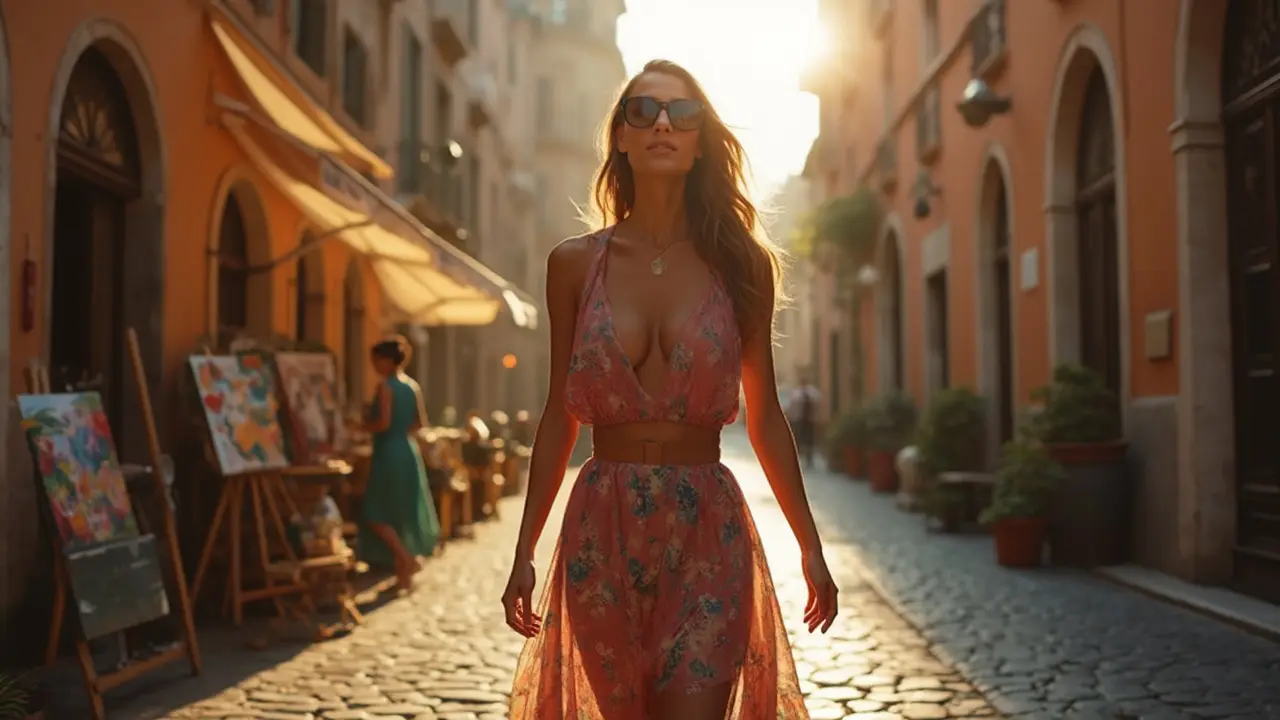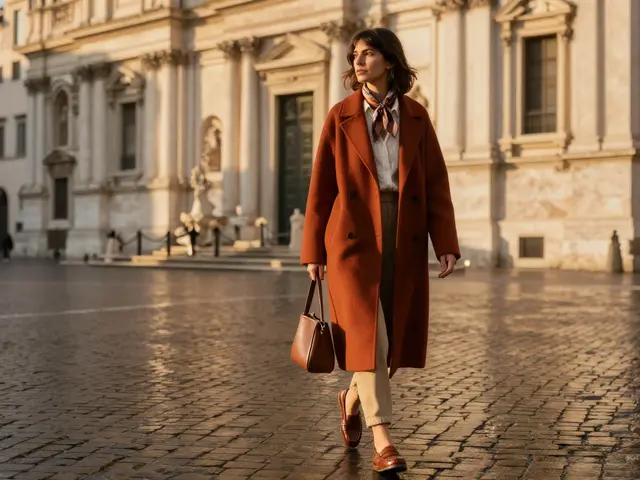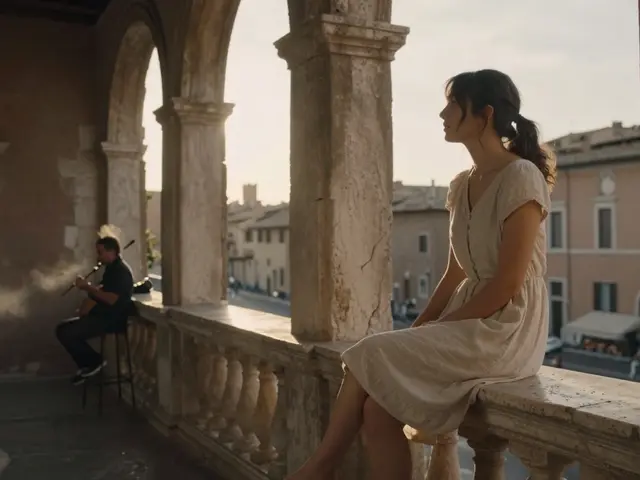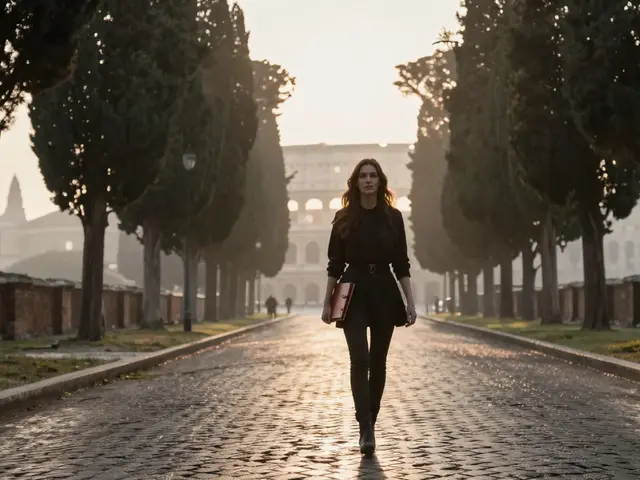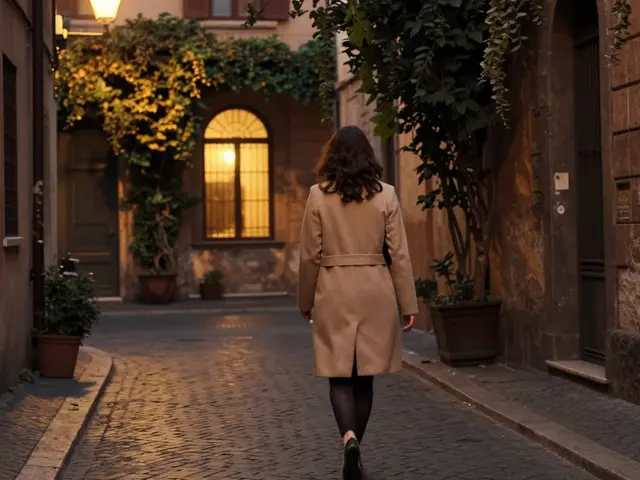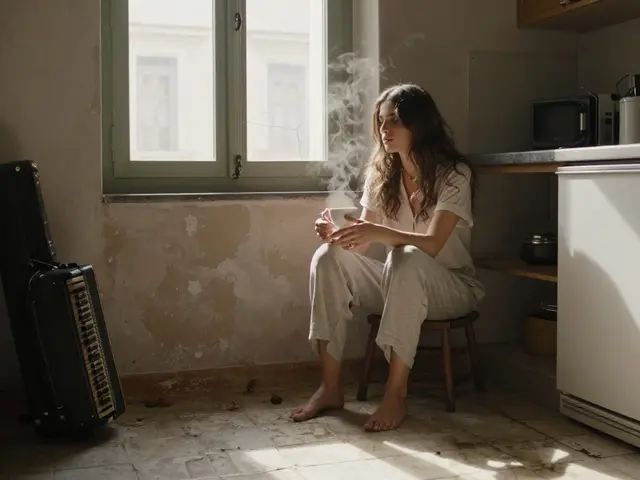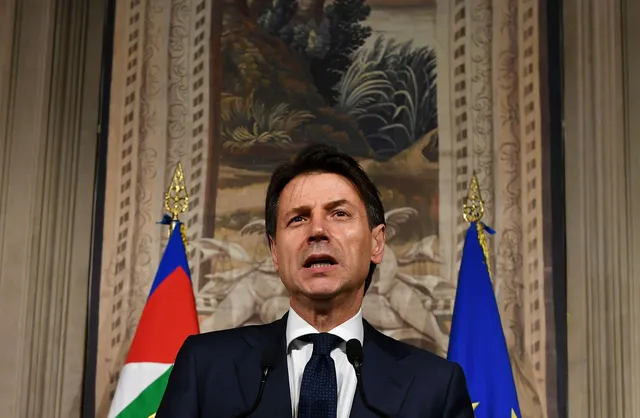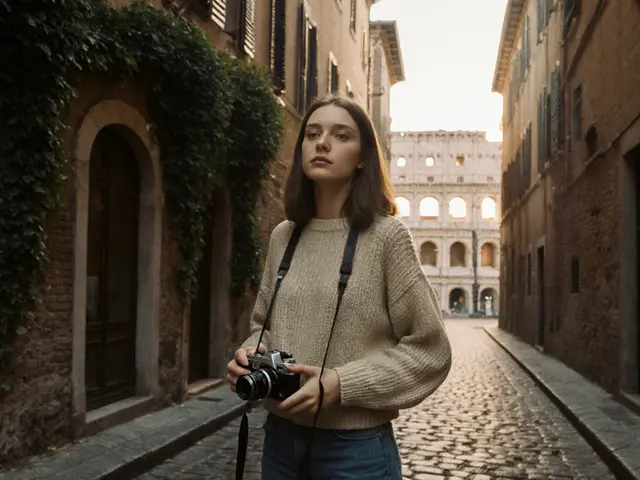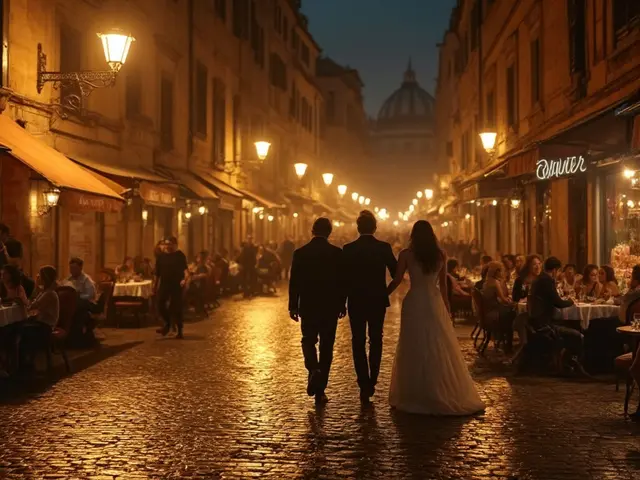Rome can seem overwhelming, especially if you try to check off every big sight like you’re running a race. Marica Chanelle doesn’t do that. She takes her time, savors each block, and ditches the long lines when she spots a better route. Her approach is simple: mix classic art with good food and a pinch of adventure.
First off, you don’t need to be an art historian to enjoy Rome’s museum scene. Marica recommends buying tickets online for the big stuff—the Vatican Museums and the Borghese Gallery—so you skip the boring wait and spend more time with the works themselves. She swears by early morning slots. Fewer crowds, better lighting for photos, and a calmer vibe.
If you want to channel Marica’s style, pay attention to details, not just the usual snapshots of the Colosseum. Look for street art in Trastevere, notice the wild colors in tiny churches, and let yourself wander down a side street if something catches your eye. Curiosity beats any travel guide.
- Marica’s Favorite Art Stops
- Hidden Gems Off the Tourist Track
- Dining with Style: Marica’s Picks
- Capturing the Scene: Photo-Worthy Moments
- Tips for a Rome Experience Like Marica
Marica’s Favorite Art Stops
If you want to see Rome like Marica Chanelle does, you’ve got to look beyond the postcard stuff. Yes, the Vatican Museums are a legend for a reason. The place holds Michelangelo’s Sistine Chapel ceiling—arguably the most jaw-dropping work in the city. But don’t just stop there. Marica prefers hunting down both famous and lower-key art spots, so you can get the vibe without shoulder-to-shoulder crowds.
- Borghese Gallery: Tickets go fast, so Marica swears by booking online at least a week out. You get to walk right into masterpieces by Caravaggio, Bernini’s lifelike David, and rooms stacked with eye candy from floor to ceiling. Visits are capped at two hours, and that’s actually a good thing—it keeps things moving and less cramped.
- MAXXI – National Museum of 21st Century Arts: Marica loves this one for something totally different. The building alone is wild—think cool angles and open space. All the art is by living artists, so you’ll see stuff that feels current. It’s not just paintings either; expect videos, experimental sculpture, even pop-up performances.
- Capitoline Museums: Right in the city center, but most tourists miss it. Marica digs how you get ancient statues in one hall, then Renaissance works in another. Plus, there’s a killer view of the Roman Forum from the rooftop café, and hardly anybody knows about it.
And here’s a quick data snapshot to help you plan:
| Attraction | Best Time to Visit | Entry Fee |
|---|---|---|
| Vatican Museums | Before 10 AM | €20 (adults) |
| Borghese Gallery | 9 AM slot | €15 |
| MAXXI | Weekdays, noon | €12 |
| Capitoline Museums | Late afternoon | €11.50 |
Want to blend in more? Snap a few photos, but don’t live through your phone screen. As Marica points out, "Rome is best experienced with your eyes first, camera second." That’s a solid rule, whether you’re staring up at a Bernini sculpture or people-watching from a museum café.
"Great art picks you up, shakes you out, and never returns you to exactly the same place. That’s what Rome does best." — Jerry Saltz, senior art critic at New York Magazine
Stick to Marica’s path and you’ll catch the best parts of Rome’s art scene—no guidebook required.
Hidden Gems Off the Tourist Track
Following Marica Chanelle around Rome means skipping the crowds and heading straight for the places most tourists never find. You won’t spot these on a hop-on-hop-off bus map, but trust me—they’re worth more than a hundred Instagram likes. Start with the Coppedè Quarter. It looks like a movie set built for a fantasy film, with crazy art deco houses, mosaic-decked portals, and a frog fountain in the center. Locals actually live here, so you won’t be sandwiched between backpackers.
Ever heard of the Protestant Cemetery? Most haven’t. It’s in Testaccio, behind a quiet stone wall. This peaceful spot holds the graves of artists and poets like Keats and Shelley. It’s surprisingly green and quiet—a break from Rome’s buzzing chaos. Marica swears it’s the best spot for clearing your head after a day of sightseeing or shopping.
For something sweet, she ducks into Pasticceria Regoli near Piazza Vittorio. This bakery has been making maritozzi (cream-filled buns) since 1916. They sell hundreds every morning before ten, so get there early. It’s a favorite among locals for a reason.
- Go to Palazzo Altemps—part of the National Roman Museum—where priceless Roman statues hide in plain sight. Hardly any tourists.
- Wander into the Villa Celimontana gardens for a picnic or to relax under the trees. It’s rarely crowded and super close to the Colosseum.
- Check out the street market on Via Sannio on Monday and Friday mornings for secondhand clothes and one-of-a-kind finds.
| Location | Best Time to Visit | Local Insight |
|---|---|---|
| Coppedè Quarter | Morning | Great for photos, quiet for a city stroll |
| Protestant Cemetery | Afternoon | Cats everywhere, peaceful atmosphere |
| Pasticceria Regoli | Before 10am | Maritozzi usually sell out fast |
The real charm of Rome is all about these small surprises, not just the big monuments. If you want to experience the city more like Marica Chanelle, check out a couple of these off-the-map picks next time you visit.
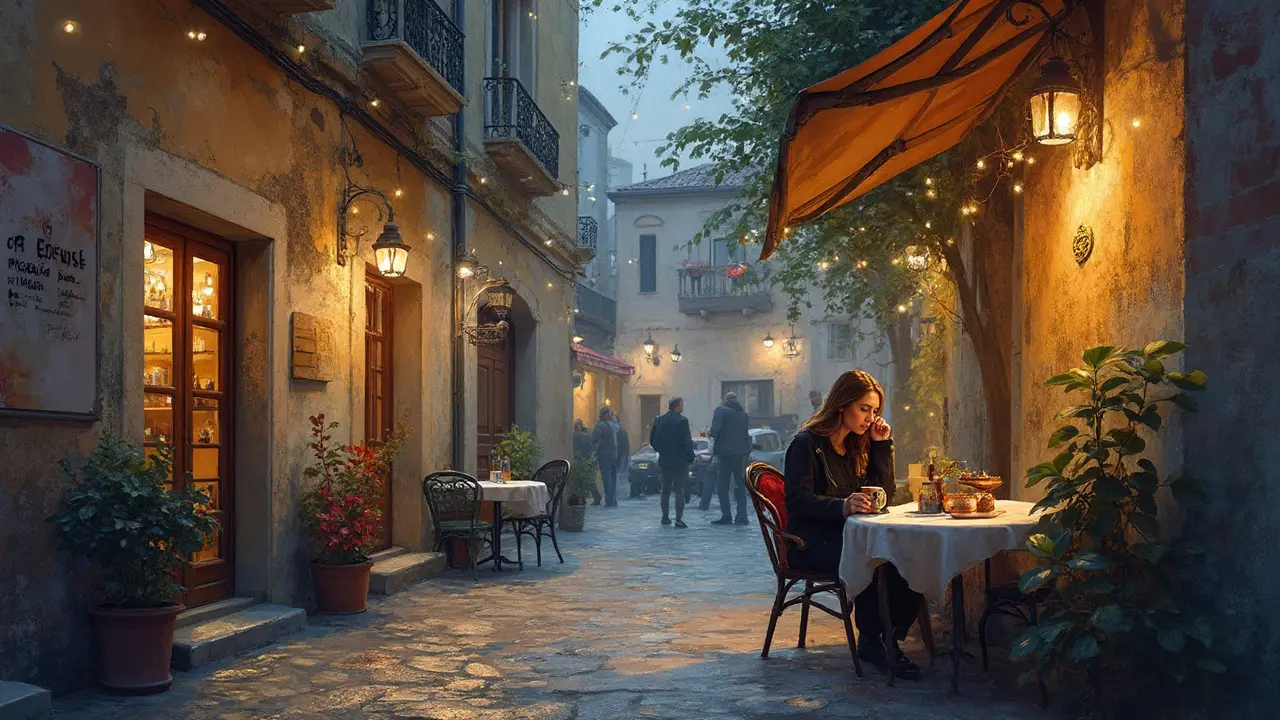
Dining with Style: Marica’s Picks
If you want to eat like Marica Chanelle in Rome, you’ve got to know where locals actually hang out—skip the overpriced menus next to the big landmarks. Marica loves starting her day at Roscioli Caffè, right near Campo de’ Fiori. Grab a maritozzo (that’s a cream-filled pastry) and a perfect espresso, and don’t worry if you see Romans eating them for breakfast or as a late afternoon treat. That’s normal here.
For lunch, she’s a fan of Da Enzo al 29 in Trastevere. You need to book ahead for this one—it’s no secret anymore. Go for the classic carbonara or try the cacio e pepe. Dishes run about €12-€16, and the house wine is surprisingly good for the price. Remember, real Roman carbonara never has cream, only eggs, cheese, guanciale, and black pepper.
If you want something quick but tasty, Marica points her friends to Supplizio, a tiny shop famous for its suppli—crispy rice balls filled with ragù. A single suppli costs around €3, and it’s the perfect street snack when you’re in a rush but need real flavor.
At night, Marica swears by the vibe at Osteria delle Coppelle. It’s tucked away, so you avoid most tourists. The menu mixes Roman hits (try the amatriciana) and great secondi like saltimbocca. You can usually get a table if you eat on the later side, like after 8:30 pm.
Marica’s foodie strategy includes a few golden rules:
- Always check if Romans are eating there. Locals crowding a place is the greenest light.
- Menus with too many translations or photos? Walk away.
- Order house wine—most places serve solid table wines for under €5 a glass.
- If the bread isn’t free, it’s a tourist spot.
If you’re curious what a typical meal in these spots might cost, check this breakdown:
| Meal | Venue | Average Price (€) |
|---|---|---|
| Breakfast (pastry + coffee) | Roscioli Caffè | 4 |
| Lunch (main dish + wine) | Da Enzo al 29 | 20 |
| Snack (suppli) | Supplizio | 3 |
| Dinner (starter, main, wine) | Osteria delle Coppelle | 30 |
Marica’s main tip? Slow down. Dinner can stretch to two hours. Talk, laugh, and let the wine breathe. That’s Roman dining done right.
Capturing the Scene: Photo-Worthy Moments
If you want to get photos in Rome that feel authentic, stop aiming for the obvious postcard shots. Marica Chanelle’s Rome is about sidestepping the crowds and catching moments that most people walk right past. She’s mastered it by keeping her eyes open and knowing where to stand, even at places everyone thinks they know.
The Rome sunrise is Marica’s golden ticket—less traffic, steady light, and empty backdrops. For epic shots of the Spanish Steps, get there before 8 am, or else you’ll just catch a rush of tourists. The Trevi Fountain is quieter just after dawn and, on Mondays, you might even have an entire corner to yourself. Don’t ignore the reflections in the water—those are her secret trick for artsy pics.
Marica doesn’t just stick to monuments. She heads for alleyways in Monti and Testaccio for street art snaps that feel alive and local. Window shutters, old Vespas, and tiny shrines on random street corners—those make up her go-to collection. The open-air market at Campo de’ Fiori? It’s perfect for action shots of real Romans, fresh produce, and wild florists going about their day.
- Time your visit for early morning or right before sunset for soft light that flatters everything.
- Use your phone’s wide-angle mode for buildings, but switch to portrait for doorways, food, or details.
- Editing apps like Snapseed or VSCO help pop the colors without making pics look fake.
- Save geotags for sharing after you leave—keeps spots less crowded and your trip stress-free.
Skip anything with selfie crowds and instead try angles that frame a subject—doorways, parked scooters, or even laundry lines strung between buildings. Marica’s big tip is to watch how locals stand or move, then use that as inspiration for your own candid shots. Copying a real Roman’s posture can give photos more personality than just posing with a cheesy grin.
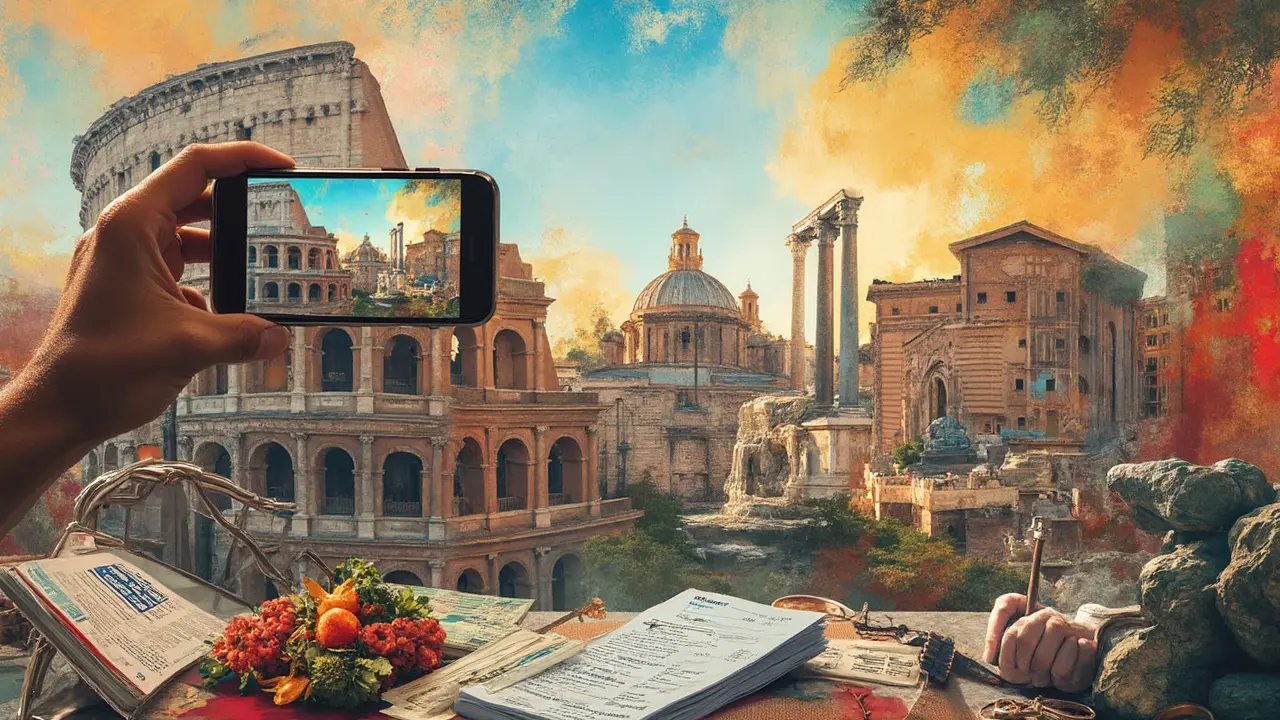
Tips for a Rome Experience Like Marica
If you want your trip to stand out, you’ve got to move like Marica Chanelle. She’s not copying what tourists do—she’s making her own rules, one street at a time. Here are her go-to strategies.
- Marica Chanelle plans, but not too much. She grabs museum tickets online for the big deals like the Colosseum or Borghese Gallery weeks ahead—those spots sell out fast, especially in spring and early summer. She keeps afternoons open for exploring whatever sounds good in the moment.
- Skip the crowds when you can. Marica loves heading out before 9 a.m.—Piazza Navona and Trevi Fountain are practically empty, which makes even a quick stroll way less stressful.
- Want to eat like a local? Marica avoids places with English menus plastered everywhere. Instead, she asks shopkeepers or baristas where they go. That’s how she found Forno Campo de’ Fiori (famous for pizza bianca) and Roscioli (their carbonara is legit).
- Never underestimate comfy shoes. Marica’s Fitbit tracked over 20,000 steps in a single sightseeing day. Not the time for flimsy sandals.
- Free water? Rome’s hundreds of nasone fountains offer clean, cold water around the city. Carry a reusable bottle so you’re not overpaying at kiosks.
Here’s a look at Marica’s Rome essentials compared to typical tourist moves:
| Marica’s Style | Tourist Trap |
|---|---|
| Early entry, online tickets | Long lines, last-minute bookings |
| Local recommendations for food | Restaurants on main tourist streets |
| Mixes museums with casual wandering | Rushes from one must-see to another |
| Takes breaks in green spaces (like Villa Borghese) | No time for downtime |
It sounds easy, but really sticking to this mindset can change your whole Rome experience. Don’t stress over seeing it all. Grab a gelato, find a park bench, and people-watch. That’s peak Marica.

